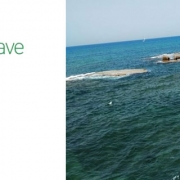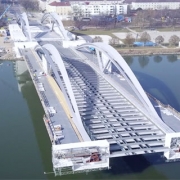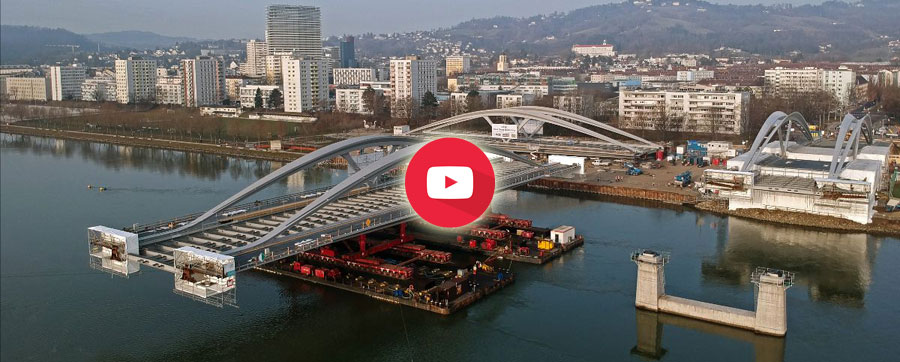Works on Sea Wall Nears Completion for the Landmark EWP-EDF One Wave Energy project
Eco Wave Power (EWPG Holding AB, Stock Symbol: ECOWVE) is pleased to announce that it nears completion of the wall reinforcement works, meant to enable the installation of floaters on the sea wall of the Port of Jaffa, Israel.
The works so far have included clearing the top cement layer of the relevant sections of the sea wall, followed by adding two layers of steel rebars for reinforcement and finally, in several days (in accordance with weather conditions), the final step will be completed, which is the creation of a new cement layer, which shall provide the necessary support for the installation of the floaters. In parallel, the company is in an advanced production process of the first set of floaters. Upon production completion, the company will gradually commence installation of floaters, supporting structures and hydraulic pipes onto the new cement layers.
All works are performed by a local subcontractor, during days of calm sea, to enable safe work on the sea wall. The reinforcement works have been planned and are being supervised by Alex Gleizer, a civil engineer (license number 101162) with 25 years of experience executing projects for the Israeli Railway Company, the Israeli Air Force, and the Israeli Electric Company, and with presence from a dedicated safety engineer.
“We had some execution delays due to unfavorable weather conditions, as well as external renovation works that have been performed in the Port of Jaffa. However, now I am glad to announce that we are back on track and are looking forward to finalizing the floaters production and installation of the whole array, which will enable us to send clean electricity from sea waves to the Israeli national electrical grid for the very first time” said Inna Braverman, Founder and CEO of Eco Wave Power.
The EWP-EDF One wave energy project will include 10 floaters, connected to one conversion unit. Due to the onshore nature of the Eco Wave Power technology, the works on the sea wall and floaters installation will be straightforward and will not involve any works performed from the seaside. The EWP-EDF One conversion unit will be located on land, just like a regular power station, enabling an easy access for operation and maintenance. This highlights the significant advantages of the EWP onshore technology, in comparison with offshore solutions.
The EWP-EDF one project is executed in collaboration with EDF Renewables IL and co-funding from the Israeli Energy Ministry.
Read more about Eco Wave Power at: www.ecowavepower.com




